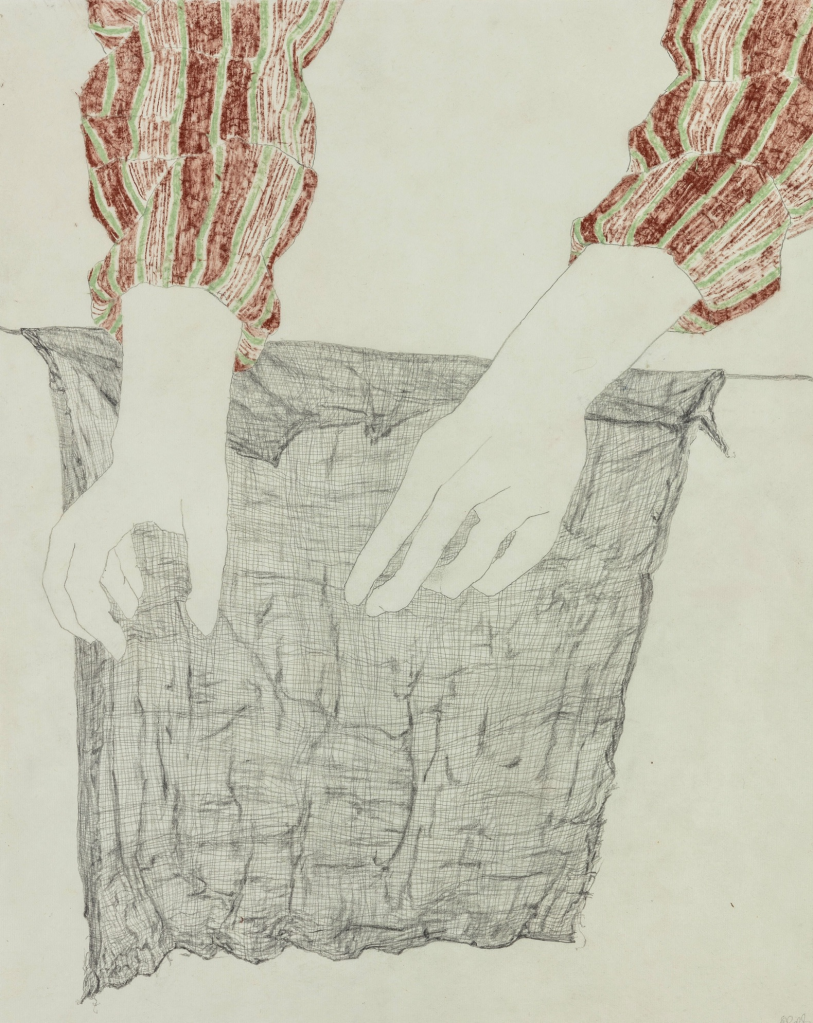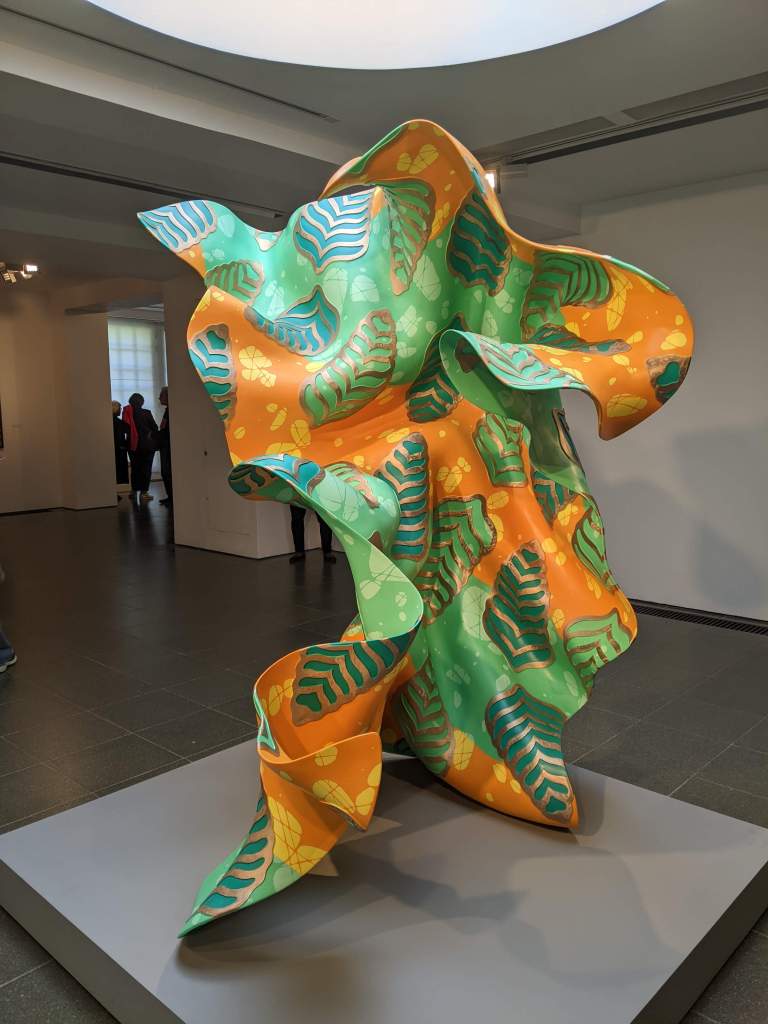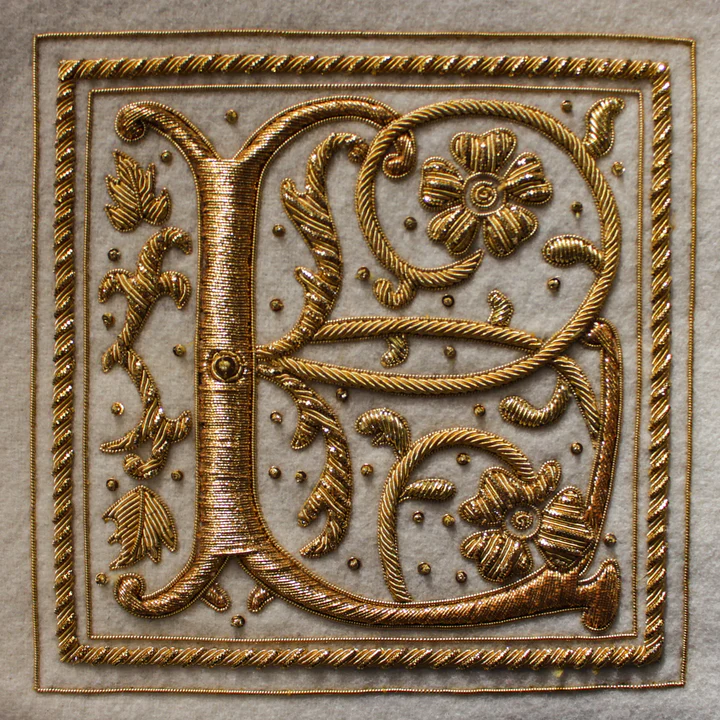New and Exclusive to the Royal School of Needlework, a range of threads that have been carefully selected by the RSN and developed in partnership with Au Ver à Soie ®. Established in 1820, Au Ver à Soie Paris has been producing the highest quality silk threads, pure silk, spun silk and metallic threads for over 200 years, and is the world market leader in fine silk yarns.

Go shopping at https://royal-needlework.org.uk/product-category/shop/equipment-supplies/
London Sewing Machine Museum will be open on Saturday, 4th May 2024, 2:00 pm – 5:00 pm. The museum only opens once a month. It’s an offshoot of a company that makes its living selling and maintaining sewing machines — mainly the large industrial models today — but the owner, Ray Rushton has built up a huge collection of vintage models and in the Millennium year, he opened up the collection to the public. Entry is free, although a donation in one of the charity tins is appreciated. A voluminous booklet about the museum’s history is freely handed out.
The London Embroidery School is offering an on-line beaded coral class at https://londonembroideryschool.com/product/beaded-coral-online-class-part-1/?mc_cid=ebb273caa6&mc_eid=d9d5bb6202 £30 for a two part programme without kit.

Textiles and Ecology. Sadly, nothing much has changed since this short film about fast fashion/recycling and green washing was produced 7 years ago. See what you think at https://aeon.co/videos/this-is-the-final-resting-place-of-your-cast-off-clothing
Dyeing: As you walk up the stairs to the Design gallery of Young V&A, hung on the wall you’ll see an embroidered quilt dyed gold, deep purple, rich brown and cornflower blue. The quilt was made by the Young V&A collective, a group of 15 young people aged 11 – 22 working together with artist Scott Kyle, textile artist Memunatu Barrie and natural dyer Hanna Whiteman. Over the course of four days, the group explored making and mending, recycling fashion and collaborating with nature, making dyes from plants and fruits. This colourful linen formed the base of the quilt that now hangs in a display called ‘Design makes things last longer’.
For the dyes Hanna recommended: orange – carrots, onion skins or paprika; yellow – dandelions, sunflowers, pomegranate skins, turmeric, lemon peels, or peach stones; pink or red, – beetroot, lavender, red onions, avocado skins and stones, or even cherries; purple – red cabbage, blueberries, black beans, or blackberries; green – with spinach and mint leaves; brown -walnut shells, tea, or coffee grounds.







